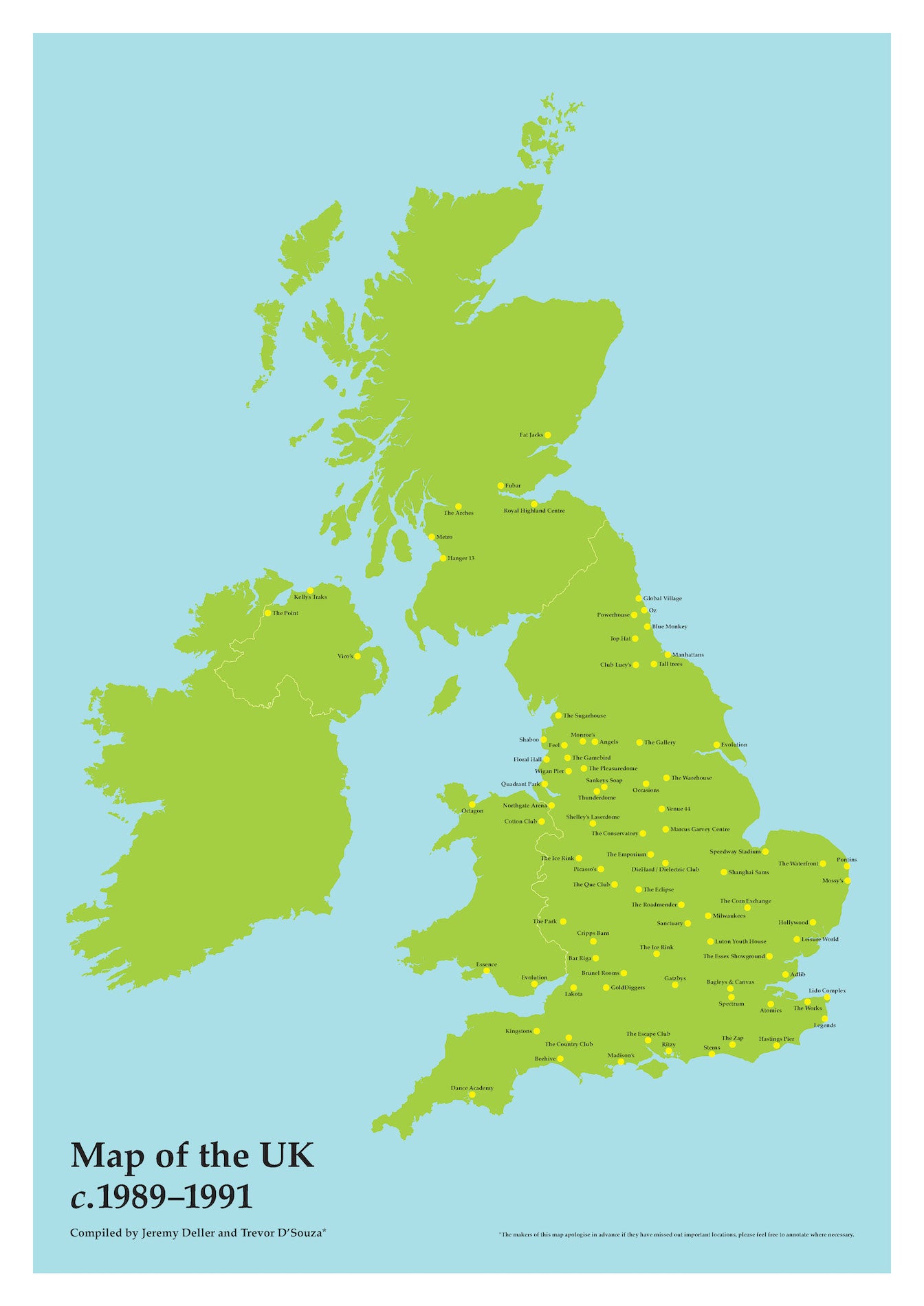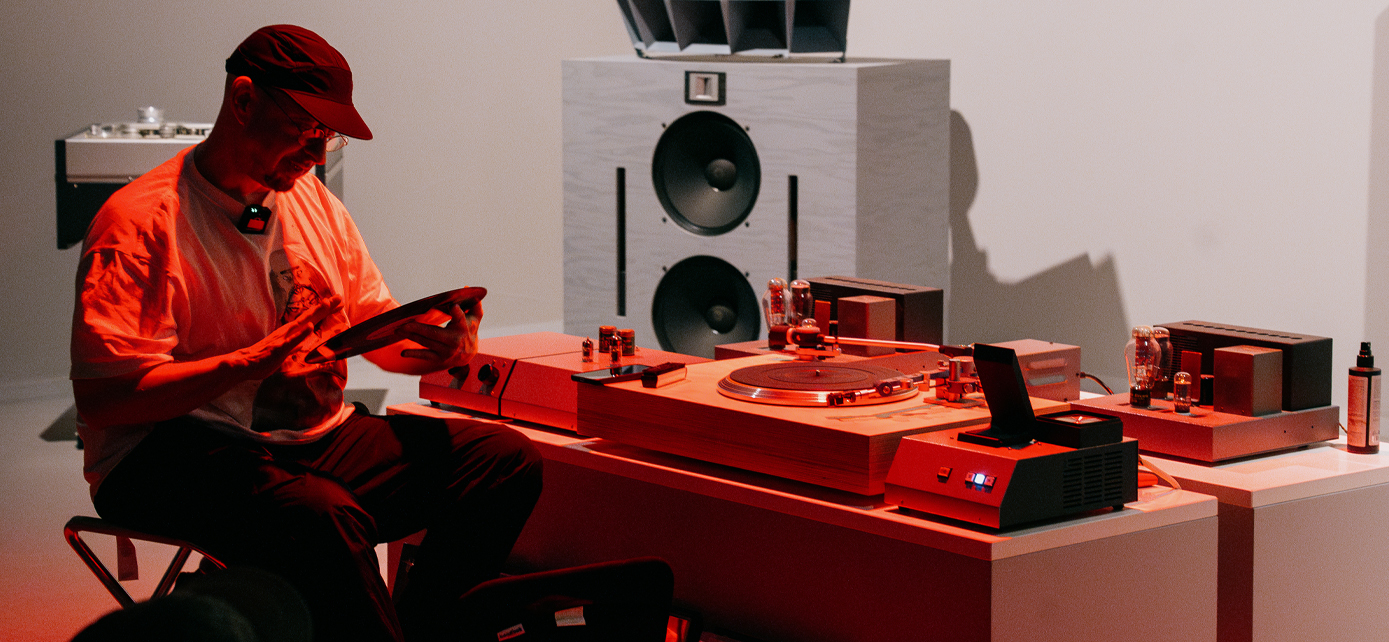
Inside the sound of Hyperdub with Kode9
From Burial to DJ Rashad, Kode9 maps the sounds that have defined 20 years of Hyperdub.
For this Hyperdub deep-dive on Devon Turnbull’s Listening Room at 180 Studios, DJ, producer and Hyperdub legend Kode9 steers a non-chronological, sub-heavy journey through the label’s strands of minimalism, synth futurism, footwork, and off-kilter production.
Thanks for coming to this Hyperdub listening session. I'm just foolishly assuming you all know the label Hyperdub—does anyone not? Because I'll make a lot of assumptions over the next hour and a half. Don't be shy. I'm not going to talk very much. I've got a lot of music to squeeze into an hour and a half on this wonderful sound system.
I'm intrigued to see how the music sounds because I've never heard it in this kind of situation before. As the artist Burial, whose music I'll play a little bit of tonight, says: some of this music is a bit “budget” in terms of its production. So to hear it on a nice hi-fi system, could go either way.
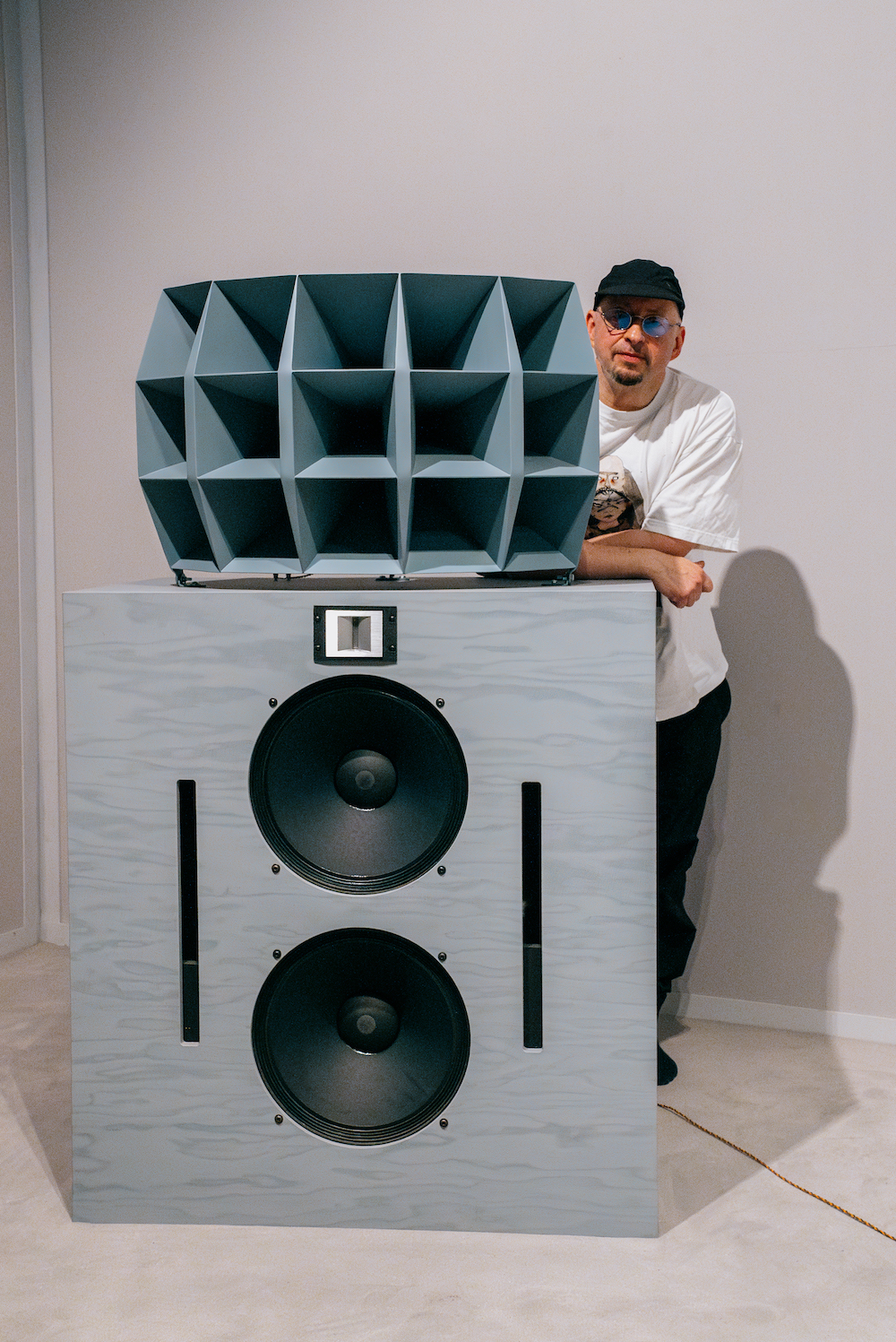
It's loosely planned, but when I get to the middle it'll get a bit... probably a bit chaotic. The music I'm playing is not going to be chronological. I'm not going to play from the beginning of the label to the end, but I am going to start with a bunch of stuff that is, I suppose, representative of the sound that the label kind of came from—which is, to be a bit crude about it, sub bass and slightly off-kilter beats that are a little bit sad in tone. And then... So the first maybe half an hour or so, we're going to test out the subwoofer —that big subwoofer in front of us—and then I'm probably going to get a bit more colourful as we progress through the hour and a half.
What was playing in the background there was the first track from Burial’s Antidawn, which is called “Strange Neighbourhood.” So I’m going to start properly with a long Burial track called “Truant,” and “Truant” came out in 2012. It’s a long track, about 11-12 minutes long.
As you can hear, it was made in a period when he was doing these extended tracks with a “pile-up”—you call them a pile-up of tracks at the end, pile-up of mini tracks. Little 30-second ideas, shoved at the end, all unresolved ideas, but just thoughts in a way. That was 2012.
Last year was the 20th anniversary of the label, and so I spent a lot of time going through the back catalogue to do history of the label sets but I haven't used vinyl to DJ since before this record came out. This next record is from 2011, so I probably stopped using vinyl in about 2009.
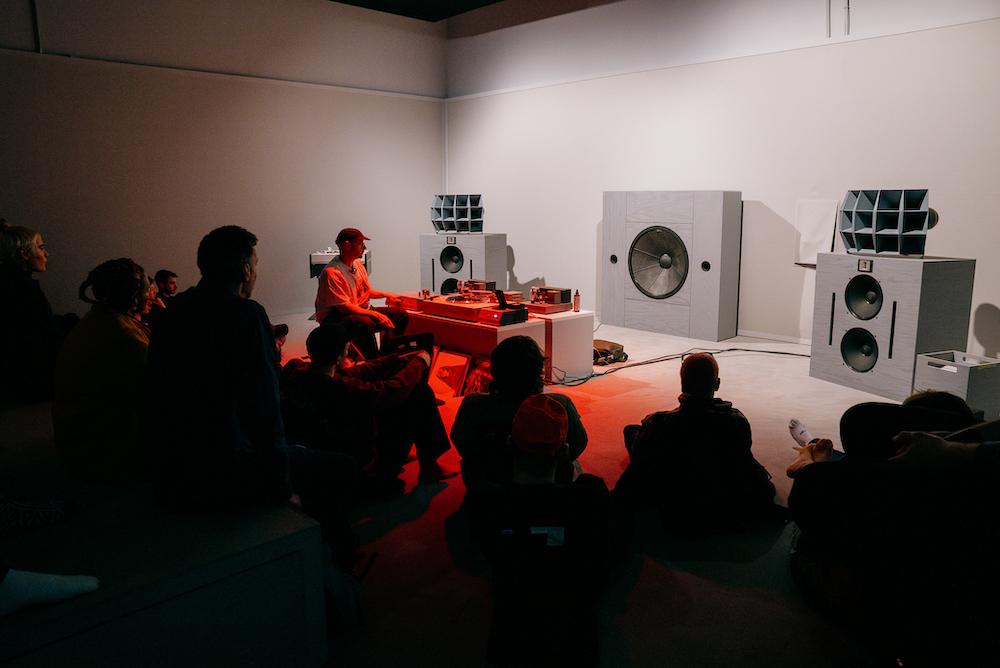
Even though I was well acquainted with the back catalogue from last year, finding records was a bit of a disaster—a lot of missing records—so I managed to cobble together this playlist. There's a lot of choice, obviously.
Anyway, so this next track is from 2011. It's a track called "Neon Red Sign" by myself and The Spaceape—the late Spaceape, who passed in 2014. And this track's from an album, Black Sun, which came out 2011. It also features the Chinese vocalist Cha Cha, doing backing vocals.
The next record, going back a year earlier again—this is a little-known record, relatively, by Mala from Digital Mystikz, that he released on Hyperdub on our fifth anniversary compilation in 2009. This track’s called “Level Nine.”
You can kind of hear the difference with a track that’s cut at 45 on a 12-inch. That track’s a bit fatter than the first two, which are more like album cuts. I’m gonna keep going with the South London, subby, minimal sound. The next track’s by Cooly G, a little bit later—like 2016—but this, for me, is a real “screw-face” track. It’s called “Phat Si.”
I’m gonna play a couple more in this more minimal, sub-bass driven sound. Next one is off one of Scratcha DVA’s album called NOTU_URONLINEU. The track is called “FD14.” This is basically him just messing around with a Dave Smith Tempest drum machine.
The next track’s by grime producer Terror Danjah. Another really stripped-down track called “Sonar”—the Selassi Mix. And like the producer/vocalist Wiley... Wiley often did versions of his tracks with no drums, called “Devil Mixes.” And so this is Terror Danjah doing something similar with one of his own tracks. Sounds amazing with an MC.
Next up is from Hype Williams — Dean Blunt and Inga Copeland — from around 2011 or 2012. The track’s called “Rise Up.” Around that time we started opening the label up to stuff that wasn’t just dubstep, grime or UK funky — more unusual songs. I have to say, I really like the label design for this one: it’s the CND logo, and it says, “There’s a cat and a dog fighting through the wall,” which may or may not be a metaphor for their relationship.
Around that same time, we released Quarantine by Laurel Halo, and went on to release a number of her albums. The track I’m going to play is “Jelly” from Dust. It always gives me Arthur Russell vibes. That one also features vocals from Klein and percussion from Eli Keszler.
The next record is much earlier — 2007 or 2008 — one of my favourites we’ve ever released. It’s by LA-based producer Samiyam, who was affiliated with Flying Lotus’s Brainfeeder crew in LA. It was a time when that scene and ours in London were cross-fertilising and touring together. The track’s called “Return.” It’s got a J Dilla vibe, but not quite like any Dilla track I’ve heard.
Around that time, we went through a period of releasing a bunch of music that had those kind of quite woozy synth sounds. Artists like Ikonika, Darkstar, Zomby… There’s loads of music I’d like to play from that period—but I’m not going to, I’m going to move on.
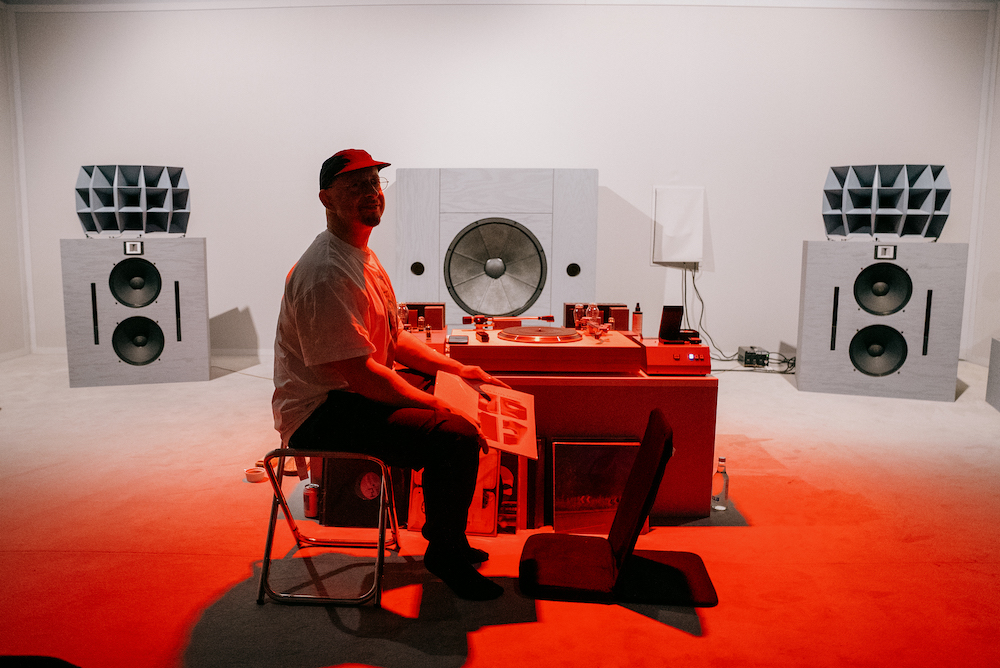
This next one’s completely different again: from Kuwaiti-American artist Fatima Al Qadiri. The album’s called Asiatisch, and it’s a very odd record — music inspired by a subgenre of grime called “Sinogrime.” It was grime made in the early 2000s influenced by Chinese martial arts films and video games — this slightly weird, Asian-music-through-a-dark-mirror kind of vibe. Like a copy of a copy of a copy. The track’s called “Shanghai Freeway.”
We’re moving now to 2019 with an Italian artist called Mana and a track called “Leverage to Survival.” After a fairly consistent beginning, sonically, the label just went a bit haywire.
Around 2012 the label came under the strong influence of Chicago footwork. We did our first release with DJ Rashad, the Rollin EP. This next track is from that EP, “Broken Hearted.” As most of you know, DJ Rashad passed in 2014, as did The Spaceape.
I could easily do an hour and a half just playing Chicago footwork. I’m going to play one more from Rashad’s frequent collaborator, DJ Spinn, with DJ Manny — “Skyway,” from 2018 or 2019.
We’re moving from Chicago to Japan for the last ten minutes. Just before the pandemic, in 2018 or 2019, we did a compilation of Japanese video game music from the ’80s and ’90s. Most of it is 8-bit and 16-bit, but I have a soft spot for the 8-bit stuff. This track, Soshi Hosoi’s “Mister Diviner” from Mahjong to Haydn, is a 16-bit track, but it sounds like Steve Reich or Philip Glass.
I said Japan-ish because the next track was made in Edinburgh but could’ve been made in Japan in the ’80s — if they were making grime. It’s by Proc Fiskal, from 2019, called either “Pico” or “Prop O Deed.”
And this next one really is from Japan. It’s by Foodman, from his album Yasuragi Land, which is all about motorway service stations. The track’s called “Hoshikuzu Tenboudai.”
Cool, I think that’s all we’ve got time for. Thanks for coming and listening.
Find out more about the Devon Turnbull Listening Room at 180 Studios here.
This conversation has been edited for clarity.
Read more from the Listening Room
Exploring nautical music with Hot Chip's Alexis Taylor
A history of Disque Debs with Poly-Ritmo









